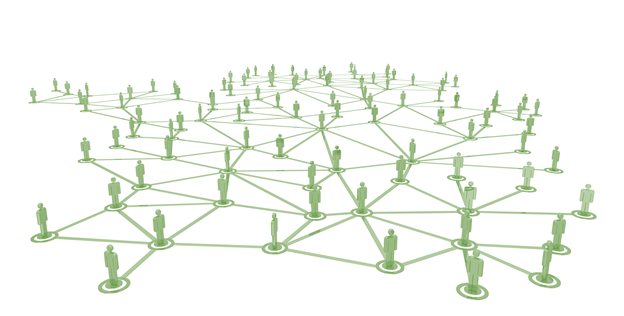What is Customer Experience Marketing?

Customer Experiences are the entire set of interactions that customers have with an organization over the course of the customer lifecycle.
Customer Experience Marketing is used to describe the process of creating and measuring marketing programs that seek to facilitate this entire set of interactions –from customer activation and onboarding; to promoting efficient service delivery; to encouraging satisfaction, loyalty, and advocacy; to winning back lost customers.
In other words, Customer Experience Marketing (CXM) refers to how an organization attempts takes charge of its customer interactions over the course of their relationship with that customer.
Traditionally, organizational departments each manage their own customer communications: salespeople reach out to prospects, marketing teams create promotional messaging, support teams field customer inquiries…and so on. As the customer journey progresses, the messaging that reaches them from each of these silos is deployed through several disparate platforms and is fragmented across channels.
Customer Experience Marketing is about creating, deploying, then optimizing customer interactions from the customers’ perspective — which views the organization as a single entity (as opposed to a variety of functional teams or departments).
So why does it matter? Customer Experience Marketing, as an activity, can be employed by organizations to increase adoption, satisfaction and loyalty — and thereby attempt to maximize customer lifetime value.
Here are three ways that Experiture enables the essential functions of Customer Experience Management:
• Measure Customer Interactions and Collect feedback. Start collecting information about customer interactions. For example, Experiture tracks each customer’s interactions — and also, gives you the ability to create surveys and forms to capture customer sentiment.
• Share Data and Insights about Customers across the Organization. Once your customer information is captured, it needs to be accessible to those in your organization who can use it. In Experiture, this information is available on-demand in a unified customer view. Additionally, critical information and interactions can result in real-time alerts and notifications that are pushed to relevant team-members.
• Analyze and Optimize Customer Interactions. Finally, as the customer experience is delivered, you need to analyze results – and then enable various teams across the organization to act on their learning and optimize their interactions with customers. In Experiture, this is enabled by a robust reporting engine that measures overall trends as well as interactions by each individual customer. And, with Experiture’s target management and rules-based dynamic content, any interaction or feedback point can be used to drive variable, individualized follow-up communication and offers.
What do you think? Are you on a team at a customer experience-driven organization? What other important elements of Customer Experience Marketing do you consider “essential”? Feel free to comment below!
Want to see other ways that Experiture can enable Customer Experience Marketing at your organization? Call us at (888) 950-0700 or visit us Today to schedule a demo.
